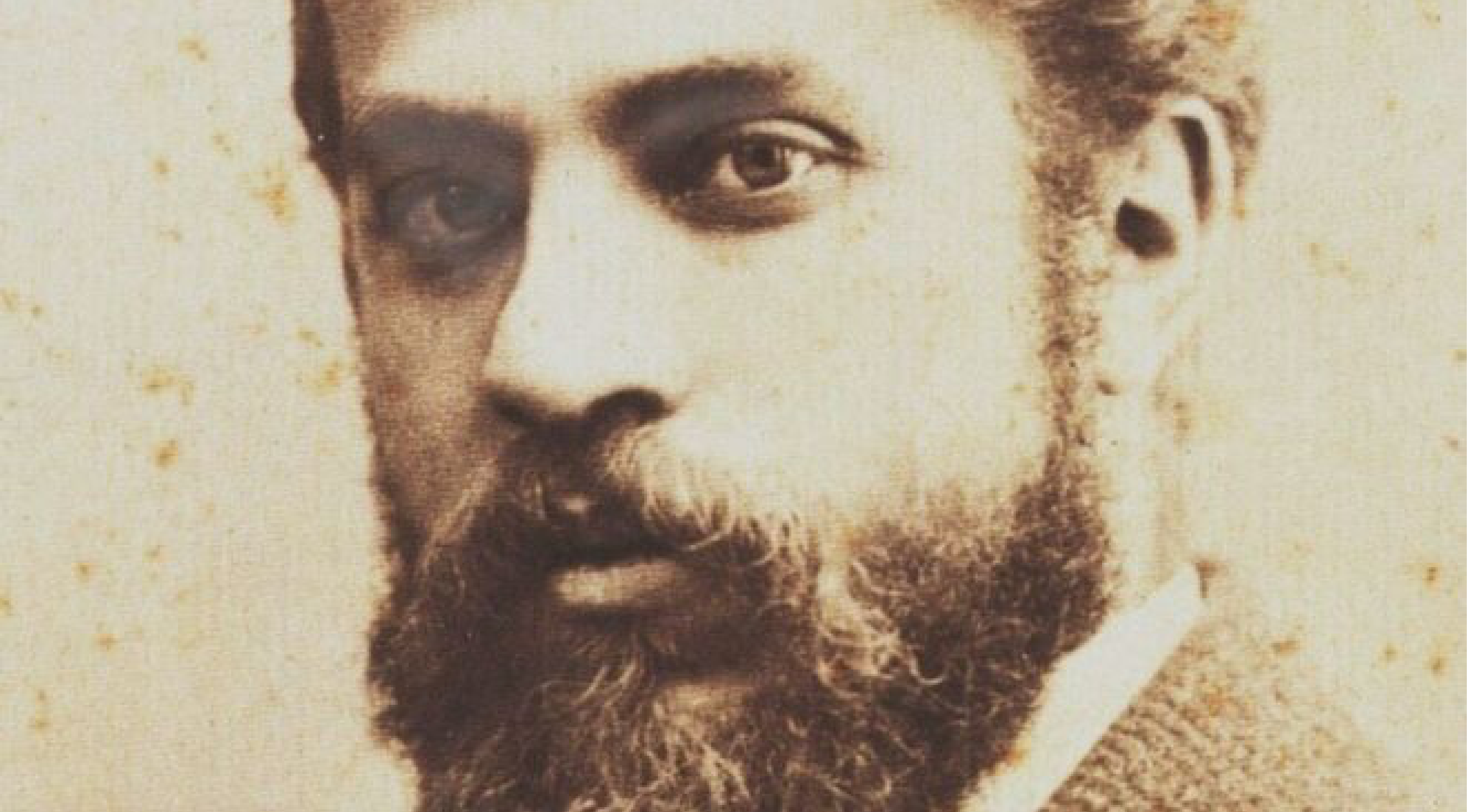(ZENIT News / Barcelona, 22.12.2023).- Cardinal Juan José Omella, Archbishop of Barcelona, created a new commission whose objective is to take the famous architect to the altars by 2026, according to his anticipation. Antoni Gaudí was a Catalan architect born in 1852 in the heart of a well-off family.
As a child, he suffered fevers and illnesses that obliged him to spend much time in Riudoms’ countryside, in the county of Baix Camp, Province of Tarragona, in Catalonia, without being able to attend classes. However, later in life he mentioned that nature was his first teacher and, in a certain sense, years later his inspiration for his works.
Eventually he studied in Barcelona, in the recently created School of Architecture. During his career as architect, he took part in the artistic movement called “Catalan modernism” and collaborated with important professionals of the time.
His biographers say that, up to this stage of his life, he was not known for being a devout Catholic or a religious man, although a good man who was concerned about his workers. However, when he undertook the project of the Basilica of the Holy Family, a new stage in his life began.
One of the main biographers of his Cause, Josep Maria Tarragona, believes that when he was working on the representation of the Nativity for the Basilica’s façade, he “saw the person of Jesus Christ.”
Over time, both the Basilica as well as the devout faith of this man were being built, to the point that he was such an ascetic that one Lent he almost fainted because of the rigorous fast he imposed on himself. It was not until a priest reminded him that he should continue with his mission to build the Basilica that he stopped fasting so severely.
Also recounted is that when the project was risking bankruptcy, he used his own savings and went out to the streets to beg money for the construction, as the latter was always financed by public donations.
In June 1926 he suffered a fateful accident, being hit by a train when he was walking, as he did every day, to the Holy Family.
When his Cause was first proposed for a possible Canonization, there was little interest and support, in addition to the difficulties with the secular Catalan society, which did not want the Church to “take” from it a national figure to make him a saint.
However, little by little things went changing. In 2003, the Bishops of Catalonia compiled a biography of Gaudí and sent it to the Vatican, where there was great interest. The Bishops were rapidly contacted.
In 2010, Benedict XVI exalted the creativity of the modernist architect, when he consecrated the Basilica.
Since then, the steps towards Beatification were slow, but this December the “positio” or fundamental argument for Gaudi’s Cause of Beatification has been made known to the Dicastery for the Causes of Saints, which will determine the verdict of this Cause and it’s hoped that all is in order and that he who is already recognized as Venerable, will be able to be beatified in 2026.
When Gaudí was asked when the work would finish, he responded : “My Master isn’t in a hurry.” It seems that he also is not in a hurry to be Canonized.



